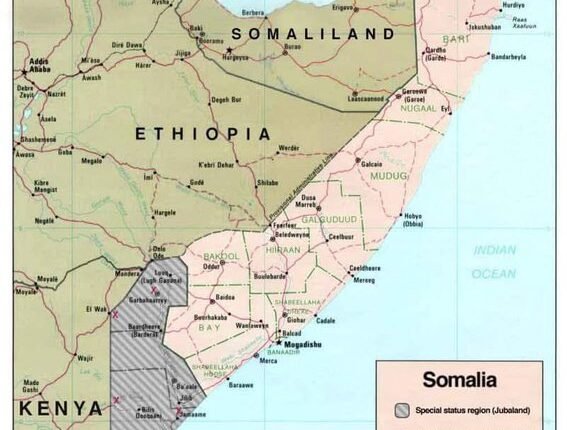It was probably one of the most shocking crimes in Nairobi: last week, police arrested 29 year old John Kiama Wambua in Huruma. The discovery of a mutilated body of his 19 year old wife, Joy Fridah Munani, in his bag not only shocked city dwellers but also opened the lid on the horrible underworld in the trafficking of human body parts. Among the things recovered during the search was a blood-stained knife, some body parts which it has not been established belonged to her, and the clothing that was on the woman’s body at the time of death. Police believe that Wambua was to take the parts to a client in the city to whom he had sold them for an exorbitant amount of money. It is this incident that unraveled the dark world of the buying and selling of human body parts.
The arrest occurred in Huruma, Nairobi, after the police received information. Mr. Wambua offered no resistance to arrest and the dismembered corpse of his wife, identified as Joy Fridah Munani, 19 years, was found. Other body parts, a panga that is believed to have been used to commit the murder, and the woman’s bloodstained clothes were subsequently recovered from the house. In the general picture drawn of events at the house itself, it was one of violence. However, not all body parts of Joy could be recovered, heightening suspicions of a bigger, more sinister motive.
Early investigations show that Wambua had set out to sell the body parts to a city buyer, whose identification he was to establish after completing his shopping. The buyer is reported to have offered a substantial amount of money for the body remains. The revelation has in fact brought to light the ugly face of a black market for human body parts.
Though it was deeply choking, it was not an isolated incident. The trade in human body parts is on the rise in several parts of Africa. Among other things, it is fueled by superstition, ritualistic beliefs, and, in some cases, an illegal organ trade. Stories indicate that in Kenya, this trade has been greatly spurred by a cocktail of traditional beliefs in human body parts and the luring aspect of quick financial gains.
International studies more or less affirm the huge demand that human parts, especially from young victims, have for the desires of witchcraft and ritual to bring money and power and success. Such beliefs continue to breed a demand that ruthless organized crime groups are only too willing to step in and successfully exploit. In another category of cases, human remains are trafficked across borders for use in outlawed medical practices or even as part of a black-market organ trade. The effect on victims and their families is either way disastrous.
These underground transactions hit a real struggle with law enforcement. This is conducted in clandestine settings, involving networks of power, with perpetrators who are hard to target and take to trial. Not to overlook, the apparent lack of investigative standards derives from the paucity of resources and forensic expertise overall.
Such acts leave deep scars in society. The cruelty of these acts is a trust eraser within the communities and restrains fear. The families of such victims therefore experience unbearable sorrow, for the most part without any support or closure.
This is a recognizable factor that the justice system fulfills. The quick and fair trial of the offenders becomes necessary, not just for justice’s sake, but also to set an example to future offenders and to discourage people from becoming involved in such heinous crimes. This case shows the need for tougher laws and strict enforcement to fight the illegal trade in human body parts.
The arrest of John Kiama Wambua and the grisly death of Joy Fridah Munani are evidence of such dark crimes that are still in society. The case brings to light, in no ambiguous terms, the dire state of human body parts trafficking, hence quite a serious issue to be taken into consideration urgently.
To prevent such crimes against humanity, there is a great need to make people aware of the risks involved and that this trade is wrongful. Citizens need to collaborate actively with the law implementing agencies in reporting and detecting suspicious behavior. Policymakers ought to emphasize building strong legal frameworks and invest in making the investigative capacities stronger. Only collective efforts can ensure that we pull the plug on this shadowy, unhuman activity and provide a secure future to all.



